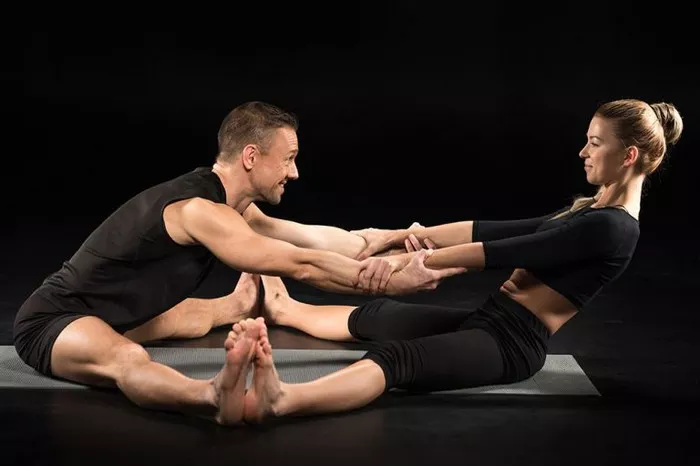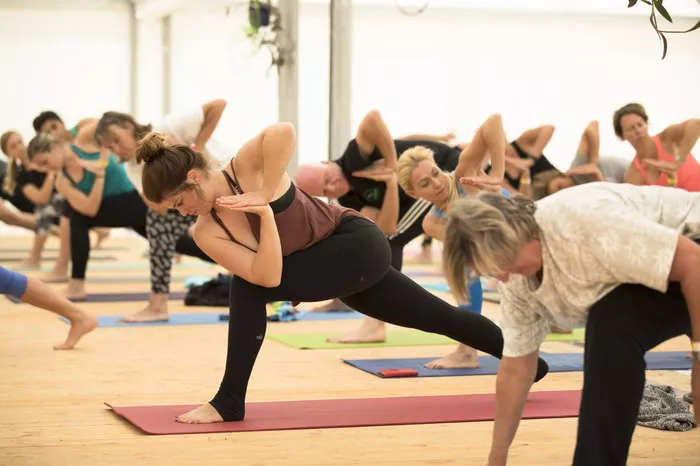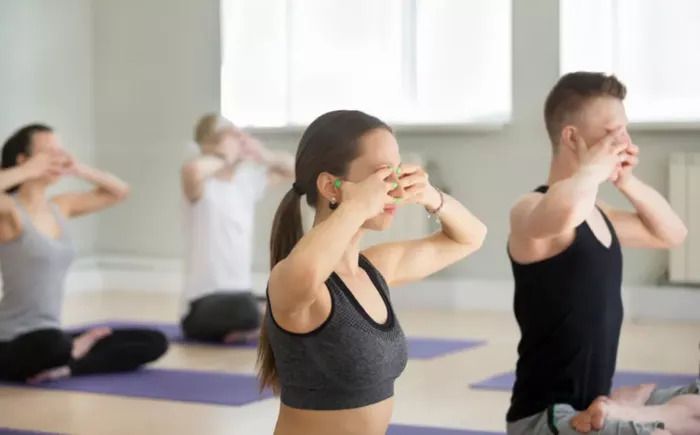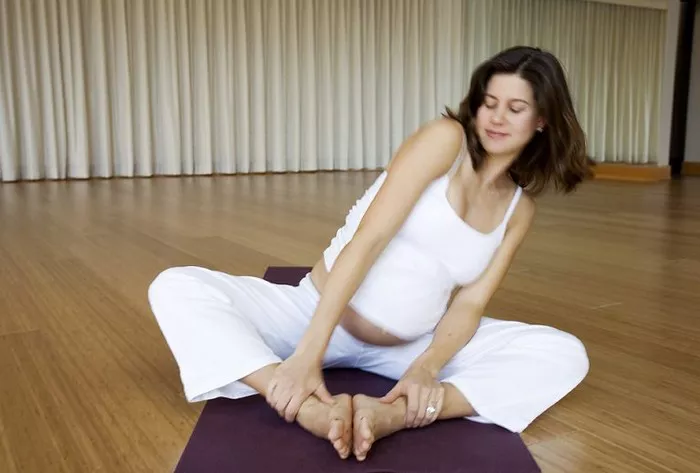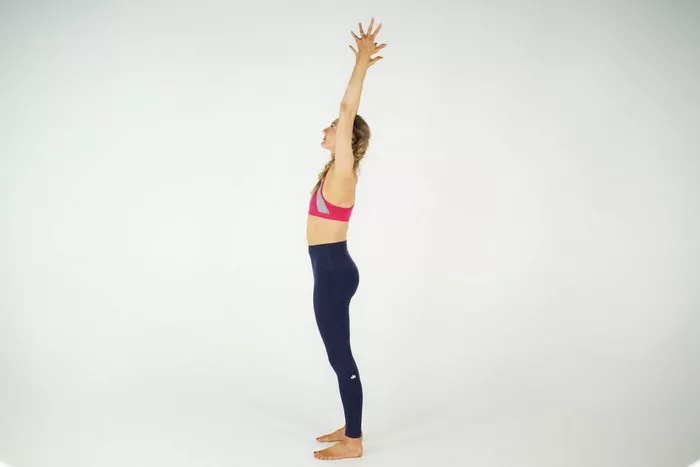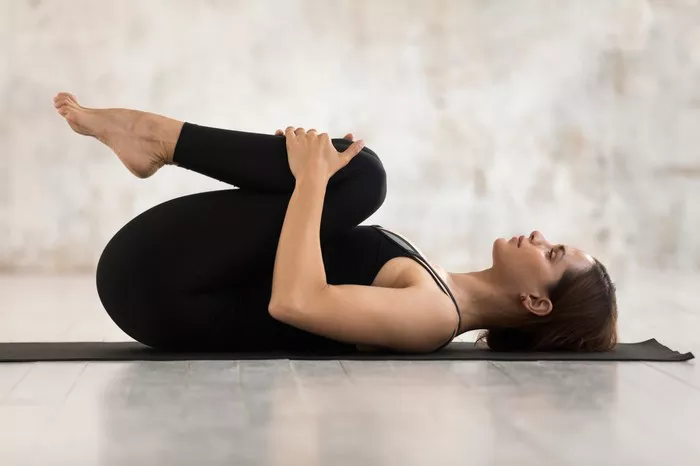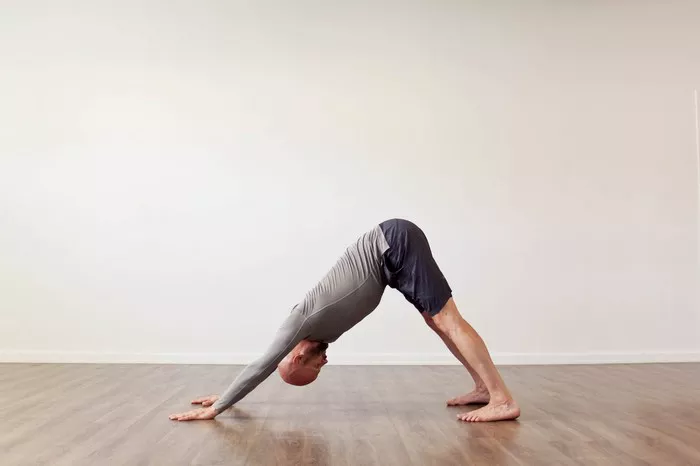Hatha yoga, a profound practice originating from ancient India, has transcended geographical boundaries and cultural barriers, captivating the minds and bodies of millions worldwide. At its core, Hatha yoga is not merely a set of physical postures; it is a holistic discipline aimed at achieving a harmonious balance between the body, mind, and spirit. The concept of perfection in Hatha yoga, however, extends far beyond the ability to execute complex asanas with grace and precision. It encompasses a deep understanding of the self, a profound connection with the present moment, and a seamless integration of physical, mental, and spiritual well – being.
Physical Mastery
Asana Alignment
Alignment is the cornerstone of physical mastery in Hatha yoga. A perfect asana is one in which every part of the body is in its proper place, working in harmony to support the overall structure of the pose. When in alignment, the body is able to distribute weight evenly, reducing the risk of injury and maximizing the benefits of the asana. For example, in Tadasana (Mountain Pose), the feet are parallel, hip – width apart, with the weight evenly distributed on both feet. The spine is extended, the shoulders are relaxed, and the head is centered over the spine.
Fluidity of Movement
Fluidity of movement is another key aspect of physical mastery. In Hatha yoga, transitions between asanas should be smooth and seamless, flowing like a gentle river. This requires a combination of strength, flexibility, and coordination. Practitioners who have achieved fluidity of movement are able to move through their practice with ease and grace, connecting each asana in a continuous sequence.
Endurance and Stamina
Endurance and stamina are essential for physical mastery in Hatha yoga. A perfect practice is one in which the practitioner is able to maintain focus and energy throughout the session, even when faced with challenging asanas. This requires regular practice, a balanced diet, and adequate rest. By building endurance and stamina, practitioners can deepen their practice and achieve greater levels of physical and mental strength.
Mental Clarity
Concentration
Concentration is the ability to focus the mind on a single point, free from distractions. In Hatha yoga, concentration is essential for achieving mental clarity and deepening the practice. Practitioners who have mastered concentration are able to maintain a clear and focused mind, even in the midst of a busy and chaotic world. This allows them to fully engage in their practice and experience the profound benefits of yoga.
Inner Peace
Inner peace is a state of calmness and tranquility that is achieved through the practice of Hatha yoga. When the mind is free from stress, anxiety, and negative thoughts, it is able to experience a sense of inner peace and well – being. Practitioners who have achieved inner peace are able to approach life with a sense of equanimity and resilience, facing challenges with grace and ease.
Emotional Stability
Emotional stability is another sign of mental clarity in Hatha yoga. Through the practice of yoga, practitioners learn to observe their thoughts and emotions without judgment, allowing them to gain greater insight into their patterns of thinking and behavior. This awareness helps them to manage their emotions more effectively, reducing stress and promoting emotional well – being.
Breath Control
Diaphragmatic Breathing
Diaphragmatic breathing is the foundation of breath control in Hatha yoga. In diaphragmatic breathing, the diaphragm, a dome – shaped muscle located at the base of the lungs, contracts and relaxes, causing the abdomen to expand and contract. This type of breathing allows the lungs to fully expand, increasing oxygen intake and promoting relaxation. Practitioners who have mastered diaphragmatic breathing are able to breathe deeply and evenly, even during challenging asanas.
Pranayama
Pranayama is a set of breathing techniques that are used in Hatha yoga to control the flow of prana, the life force energy. Pranayama techniques include deep breathing, alternate nostril breathing, and kapalabhati (skull – shining breath). By practicing pranayama, practitioners can increase their energy levels, improve their respiratory function, and promote mental clarity and relaxation.
Synchronization of Breath and Movement
Synchronization of breath and movement is an essential aspect of breath control in Hatha yoga. In a perfect practice, the breath is synchronized with the movement of the body, flowing in and out with each asana. This synchronization helps to deepen the practice, increase focus, and promote relaxation.
Spiritual Connection
Self – Awareness
Self – awareness is the foundation of spiritual connection in Hatha yoga. Through the practice of yoga, practitioners learn to observe their thoughts, emotions, and physical sensations without judgment, allowing them to gain greater insight into their true nature. This self – awareness helps them to connect with their inner selves and cultivate a deeper sense of spirituality.
Connection with the Divine
Connection with the divine is a profound aspect of spiritual connection in Hatha yoga. In many traditions, yoga is seen as a path to union with the divine, a way of experiencing a higher power beyond the self. Practitioners who have achieved a connection with the divine are able to experience a sense of peace, love, and unity that transcends the boundaries of the individual self.
Compassion and Love
Compassion and love are essential qualities of spiritual connection in Hatha yoga. Through the practice of yoga, practitioners learn to cultivate compassion and love for themselves and others, recognizing the interconnectedness of all beings. This compassion and love extends beyond the mat, influencing their relationships and interactions with the world around them.
Lifestyle Integration
Healthy Diet
A healthy diet is an essential part of lifestyle integration in Hatha yoga. In yoga philosophy, food is seen as a form of medicine, and a balanced diet is essential for maintaining physical and mental health. Practitioners who have integrated yoga into their lifestyle often choose to eat a diet that is rich in fruits, vegetables, whole grains, and lean proteins, while avoiding processed foods, sugar, and caffeine.
Regular Exercise
Regular exercise is another important aspect of lifestyle integration in Hatha yoga. In addition to practicing yoga, many practitioners also engage in other forms of physical activity, such as walking, running, or swimming. This helps to maintain physical fitness, improve cardiovascular health, and reduce stress.
Mindful Living
Mindful living is the practice of being present in the moment, fully engaged in whatever one is doing. In Hatha yoga, mindful living is an essential part of the practice, as it helps practitioners to cultivate awareness, reduce stress, and promote well – being. Practitioners who have integrated yoga into their lifestyle often practice mindfulness in their daily lives, whether it’s through meditation, deep breathing, or simply paying attention to the present moment.
Conclusion
The signs of perfection in Hatha yoga are not achieved overnight. They require dedication, perseverance, and a willingness to explore the depths of the self. By recognizing and cultivating these signs, practitioners can embark on a transformative journey of self – discovery, achieving a harmonious balance between the body, mind, and spirit. Whether you are a beginner or an advanced practitioner, the pursuit of perfection in Hatha yoga is a lifelong journey that offers endless opportunities for growth, healing, and self – realization.
Related Topics


